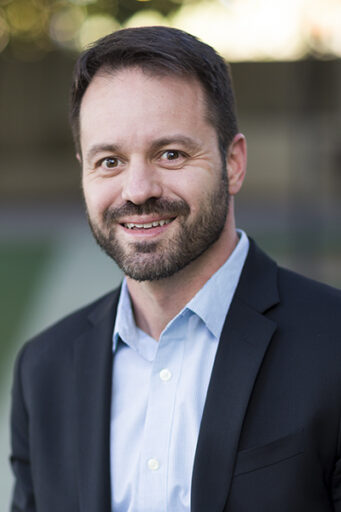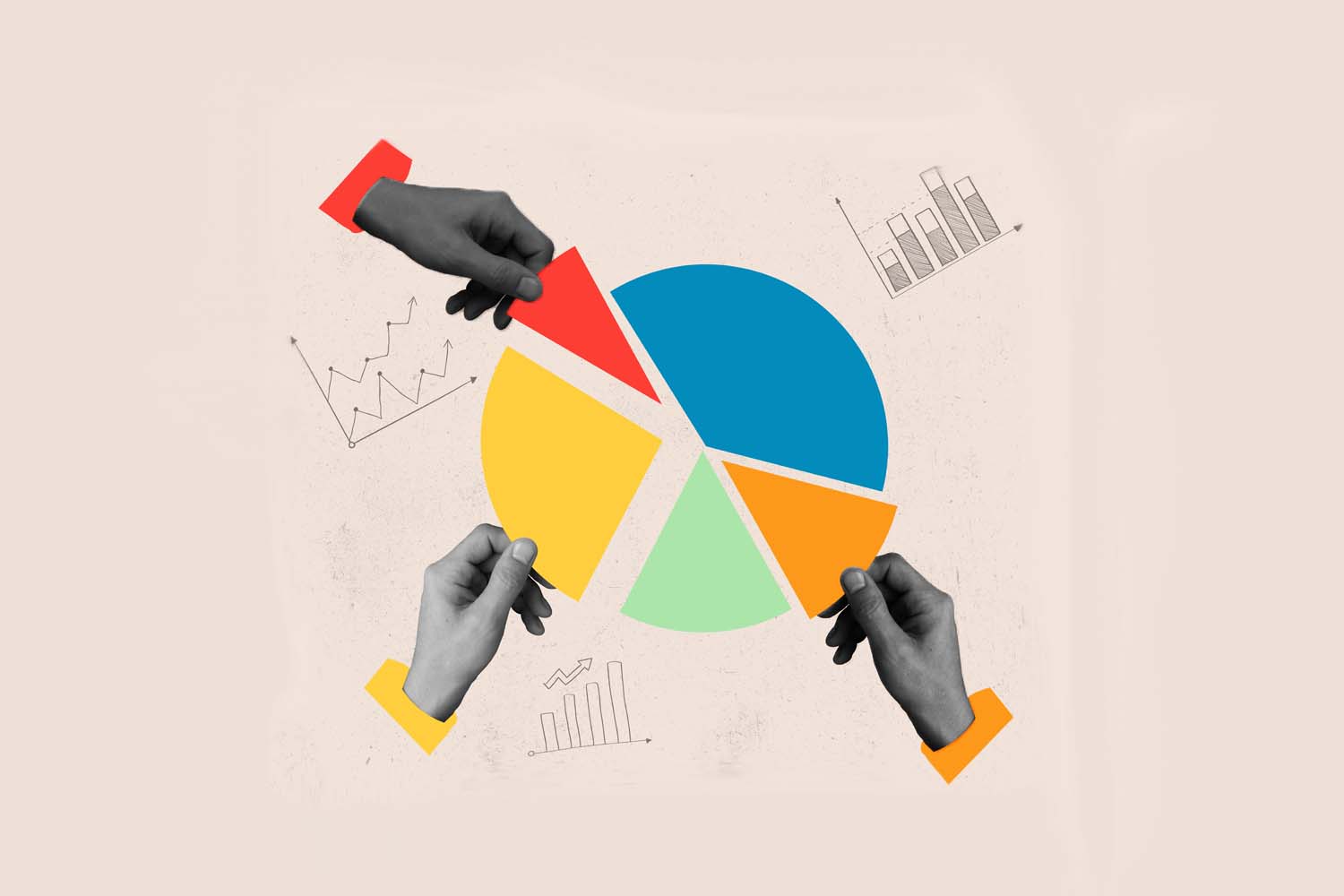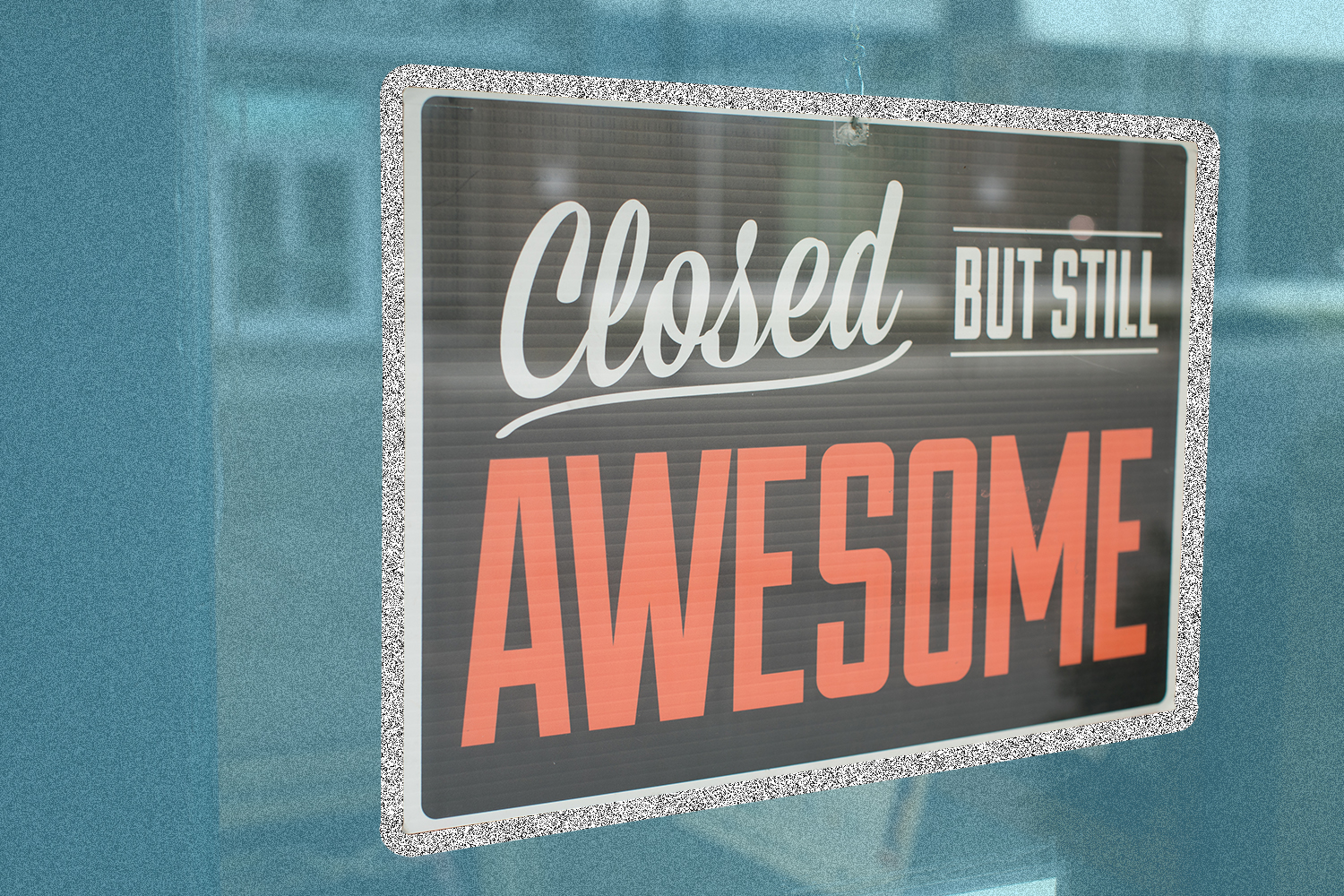As of January, Rolddy Leyva has been serving as the new chief diversity officer at Splunk, a data platform leader. Reporting to the chief people officer, Leyva works with dedicated resources on data analytics and reporting, as well as with the head of diversity learning and enablement, human resources, and across employee resource groups (ERGs).
“You can’t do this work with one person… Whether you have three people or 300 people on your team, the number doesn’t really matter unless you have the right capability, the right systems integration, and unless you have the right amount of active engagement and accountability from the top to your leadership team,” Leyva says.
The three pillars of Splunk’s DEI strategy are introducing “belonging” as the global north star, driving global connected infrastructure for DEI, and increasing representation of women and underrepresented groups at the executive level. The company plans to do this by expanding their nine existing ERGs (of which two thirds of employees are members), building diversity committees, and creating learning resources to increase diversity education.
Read on for an edited excerpt of our exclusive interview with Rolddy Leyva about Splunk’s ERGs and the types of data analytics tools the company is considering.
Senior Executive Media: What type of data analytics resources are you using?
Rolddy Leyva: There are resources dedicated to my team, and so they help us with DEI data measurement, reporting over analytics, so we’re building a data product roadmap, which would include dashboards and other data products that we’ll be able to then provide our leaders, our ERGs, our employees to help them get a better understanding of what is the state of DEI within the organization on a quantitative and qualitative perspective. And then also inform — what are the programs, and the actions, and things we need to work on to move the needle and to feel that we have organizational growth? The people analytics partners that are aligned with my team are the experts to help us develop the insights and the DEI strategies for our organization.
“The first thing is, you have to look at the data — what gets measured gets done. We always start from that place of understanding: what is our current state, what is our desired state, and what are the things that have to be true to move the needle on where we are to where we want to be? ”
Senior Executive Media: Are there any tools you’re considering for building your ERGs?
Rolddy Leyva: I think there’s a lot of opportunity and upside for tech-enabled amplification and support of ERGs, especially now that we are in a remote and hybrid workplace… There are two things I’m looking for software and tech platforms to support us with. One of them is to enable mentoring and sponsorship: peer-to-peer development at scale, and the other one is to be able to create, collect, and share employee stories and content at scale. How do we leverage tech to be able to elevate the voices of employees and share their lived experiences, not just within their ERG, but across all the ERGs and even beyond, right across the whole of the company and externally? There are several providers that work in both of these spaces, and so we’re looking at a couple across each of those.
Senior Executive Media: In your 20 years of experience leading DEI at various organizations, what are some of the patterns you’ve seen that companies are struggling with most when it comes to DEI?
Rolddy Leyva: A lot of this happened after the killing of George Floyd in May of 2020 and the racial justice movement that followed. For too long, I think prior to 2020 in particular, companies spoke of diversity as being important and sometimes it will even use the language of priority, but there’s a difference between something that’s prioritized versus something that’s important. We refined our DEI functions that were underfunded, under-resourced, and did not have access to leadership functions that were primarily centered around almost exclusively a workforce workplace component without regard to the true value of this work, which is impacting business outcomes. I think what the racial justice movement of 2020 brought to light was the need to invest in DEI as a priority it has always been, and we saw organizations rush out to hire in many cases their first diversity officer, invest in building out teams, lots of big strategic people investments in helping to affect and dismantle some of the systems that I think had been some of the problems particularly that we experienced during the racial justice movement.
The way I would characterize some of the problems we still struggle with would be as a profession, how do we maintain that focus on keeping [DEI] a priority? We’re starting to see some organizations begin to step back in their commitment, particularly as times begin to get difficult. This is a body of work that needs to be consistent and sustained, whether times are good or bad. Your level of need needs to be unwavering. I think connecting [DEI] to business outcomes is one. Relying on individual heroics versus building equity and inclusion into systems is another – organizations that attach their progress to the work of an individual or the work of a team. But in fact, the systems that create the experiences and the outcomes have not been optimized for equity and inclusion, and the true measure of success is the systems that are built from the ground up and optimized for equity and inclusion, so that you don’t have to rely on the person or team. The profession continues to struggle with maintaining prioritization, growing investment, and systems integration across the whole of a company’s talent and product ecosystem.
Senior Executive Media: Any standout success moments you can share in leading DEI at Splunk?
Rolddy Leyva: We’ve been able to grow this year so far, as an example, representation of executives in underrepresented groups (employees who identify as Black, Hispanic/Latinx, Indigenous, or multiracial) by about 40% so far year-to-date. That’s a direct result of what happens when you bring together systems and leadership capability in a way that allows you to drive those focused outcomes in a sustainable way. My team is relatively new, but there’s so much goodness in our systems, in our culture, in our practices. This work can live anywhere, but it doesn’t thrive everywhere. It takes certain ingredients to succeed. [At Splunk,] we have the active commitment and engagement of our CEO team leader. We have a set of values and principles as an organization, a culture that lends itself to compassion and care, that is human centered. We have leaders across our people organization who get the what and why and how of this work and have been great partners in helping me build it into the systems. We have employee resource groups — our first ERG was formed in 2013, and I didn’t join until 2022. So much of the culture of belonging and inclusion in the great work that we’ve led here has been because of our ERGs.
Senior Executive Media: How were you able to achieve that increase in executive representation?
Rolddy Leyva: The first thing is, you have to look at the data — what gets measured gets done. We always start from that place of understanding: what is our current state, what is our desired state, and what are the things that have to be true to move the needle on where we are to where we want to be? We look at data, we recognize an opportunity to grow, and continue to recognize an opportunity to grow underrepresented groups and women at executive levels. It’s an opportunity not just at Splunk, but across the tech sector and across the industry in general to have more women and people of color represented, particularly in leadership. For us, it has been assessing the opportunity, analyzing the opportunity, and building the process and the systems around that, measuring progress, and establishing accountability for the outcomes. Everything from [candidate] slate requirements (with the aim to have at least two women or underrepresented groups on our interviewing slates for each posted job), to how we meet with our executive search partners and align with them on our priorities in the space, how we educate our hiring managers on inclusive interviewing, how we engage our ERGs as partners in those processes.
Senior Executive Media: How did ERGs help with the hiring process?
Rolddy Leyva: From helping us identify sourcing events and activities, to plugging into candidate interviews and experiences. I specifically asked to meet with our ERG leaders when I was interviewing for this role. I wanted to hear from them what their experience was, and we’ve been able to incorporate more of that practice in the organization… ERGs also help us amplify our inclusion training programs that we have, that sort of application mechanism. Employee referrals are another important way that you’re striving to build diversity in your sourcing strategy.







